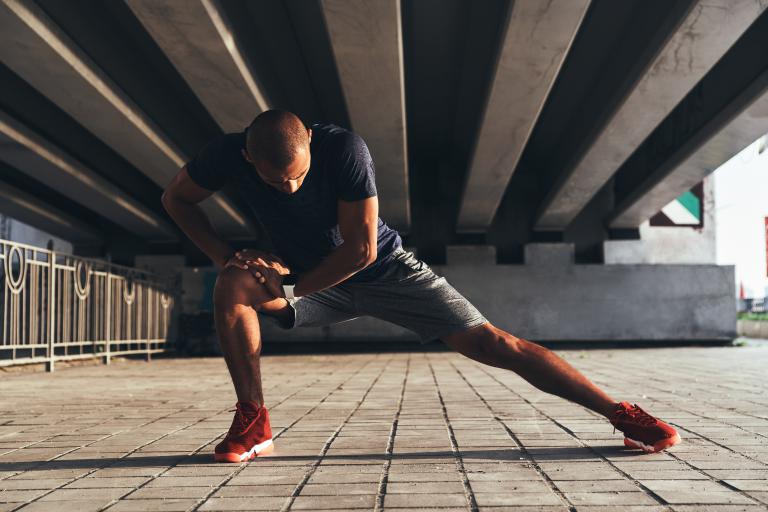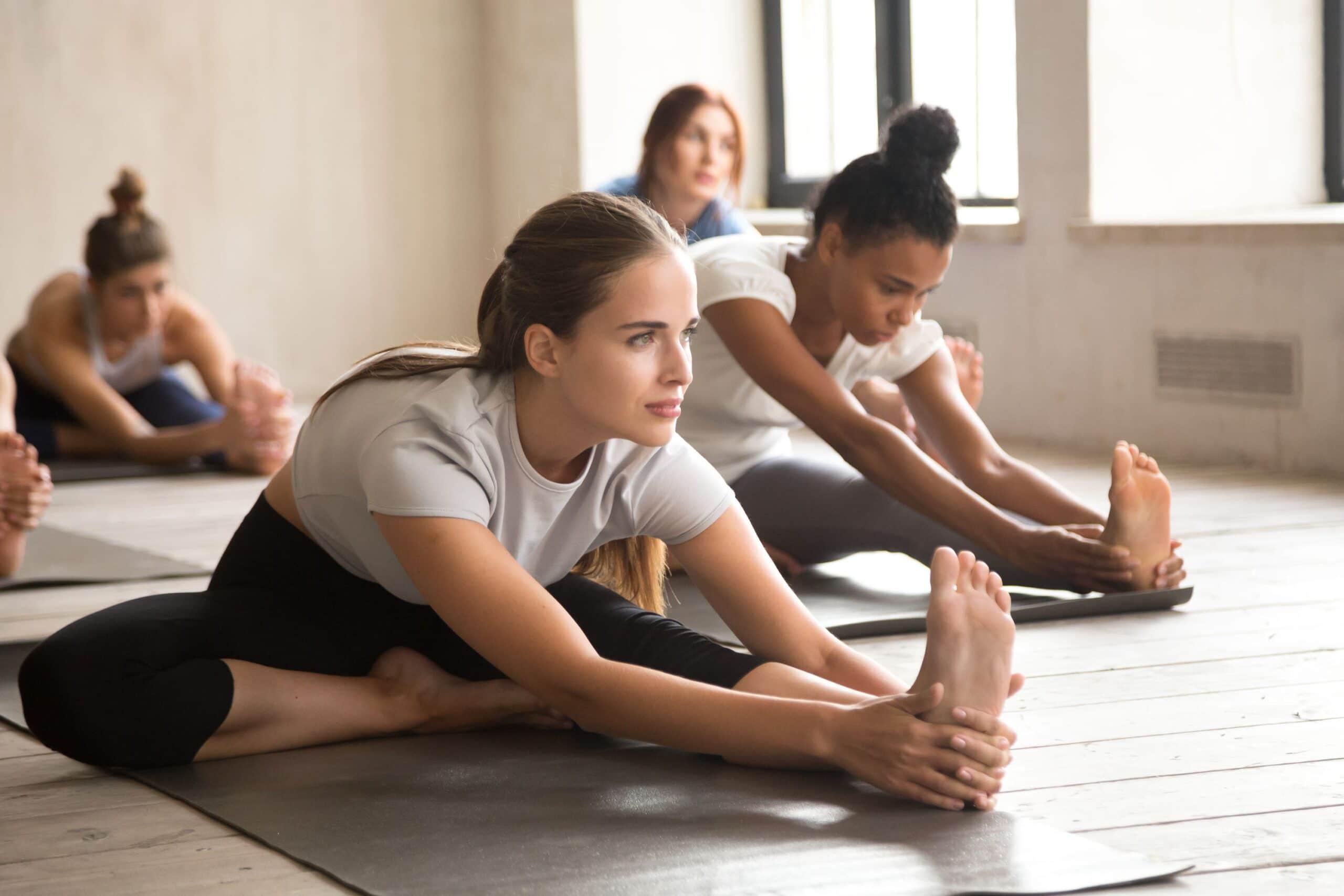The older we get, the more we notice that certain health issues start to appear, especially those concerning muscle health.
Stretching is an essential component of a proper and efficient workout. Its significance became apparent in the latter decades of the twentieth century when several sports professionals recognised the undeniable benefits of muscular relaxation after a workout.
Stretching is very important because it enhances flexibility, coordination, and performance while also lowering the chance of injury during workouts.
These are just a few advantages of stretching 5-10 minutes a day, regardless of age or physical condition.
Stretching exercises should be done after the body has been adequately warmed up. They should never be done at the start of a workout. But can stretching keep you fit?

How Stretching Can Keep You Fit
After a cardio workout or any workout, it is recommended that you stretch to release the tension from your muscle groups.
Maintain strain on the stretching point but not so much as to feel any pain. Stretching should be done after each physical exercise.
As a result of the workout, the muscles narrow and tighten, and the muscle fiber shortens. Stretching the muscles helps with muscle recovery and flexibility.
Stretching may improve and even fix a bad posture, which could be one of the most important reasons to incorporate it into your routine.
Stretching techniques that target the back, chest, and shoulders help align the spine properly, improving posture while also reducing or eliminating back pain or discomfort.
Tension is generally felt in the muscles, but stretching reduces it. Stretching helps to reduce tension by providing a sense of release and relaxation in the muscles, which is also felt on a psychical level.
Stress decreases blood circulation, which causes muscle tightness, among other things; thus, stretching is also beneficial for mental wellness.
It helps us relax by releasing the tension from our muscles and joints. Endorphins are also released into the body during stretching activities, which make us feel relaxed and happy.
Benefits of Stretching
Stretching improves the amount of blood carried to the muscles, resulting in better blood circulation, which provides the muscles with the nutrients they require and contributes to the elimination of residues produced in muscle tissues due to exercise.
As a result, the recuperation period after workouts is shortened, and the unpleasant feeling of muscular soreness is reduced.
Stretching exercises come in a variety of forms:
- Static: Athletes use these exercises to stretch and relax their muscles before, during, and after workouts. It’s generally done in a relaxing environment.
- Dynamic: These are stretching exercises that consist of circular and repeated movements that are usually comfortable and are used to improve mobility in sports or everyday activities.
- Passive: These workouts are done using external stretching equipment, such as elastic bands, or by relying on the body’s weight through gravity’s influence.
- Active: Involvement of numerous muscular groups, with some being contracted and others being relaxed.
Don’t do stretching exercise if you have bone lesions, a low level of flexibility, inflamed or infected joints, pain in the joints and muscles, or a skin or blood condition. If you suffer from these conditions, it’s best to get a professional consultation beforehand.
Keep in mind that no results will be gained without the proper execution of specific workouts. So, if you decide to add stretching and warm-ups to your workout routine, here are 10 stretches to stay fit.





